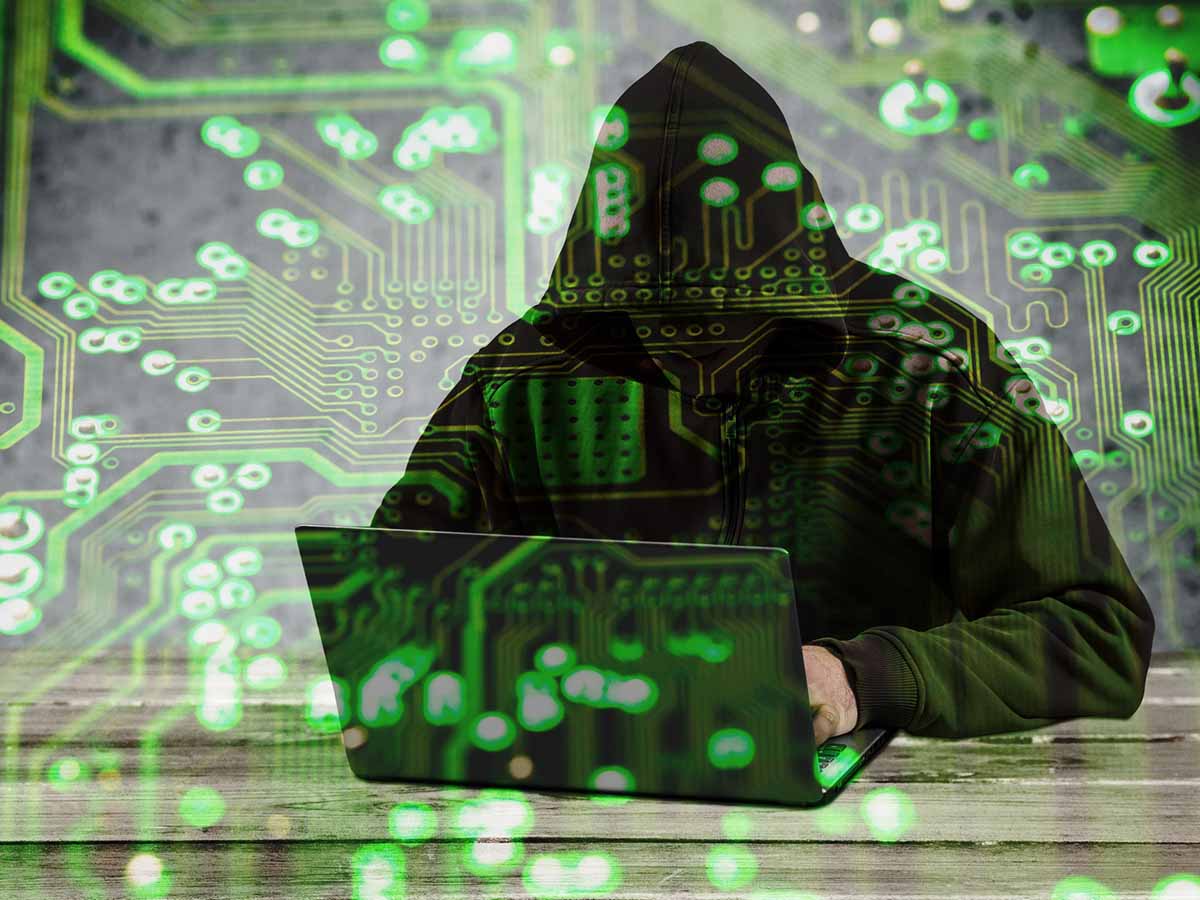Authorization is the process where a system determines if a specific user has permission to access certain resources or perform certain actions within the system. It’s basically about confirming that you have the right or permission to do what you’re trying to take action on.
Authorization Examples
1. Example: Online Banking System
Imagine you’re a user of an online banking system. Upon entering your login details, the system goes through an authorization process. Its goal is to confirm you have the necessary permissions to access specific information and execute certain operations in the system. In this case, it’s about granting you access to your account details, recent transactions, ability to pay bills, and transfer money.

Stay One Step Ahead of Cyber Threats
However, despite being a user of the banking system, the extent of your permissions is limited. You can only view and interact with your own data. You don’t have the right to access other users’ banking details or control their accounts. Authorization ensures secure and appropriate access to resources, safeguarding both your interests and the financial integrity of other users within the system.
2. Example: Social Media Platform
Consider a popular social media platform where you have an account. When you log in, the system runs an authorization check. This check confirms the permissions you have, such as sharing posts, liking content, and following other users. These actions are your authorized capacities as a participant of the platform.
Despite having a general access to the platform, your privileges are restricted to uphold user security and privacy. For example, you are not authorized to edit or delete posts made by others, nor can you access their private messages. This balance of permissions, achieved through authorization, maintains a fair and protected environment for all users.
3. Example: Human Resources System in an Office
Think about an office environment where different individuals have different roles. The Human Resources (HR) manager has particular access rights in the HR system, granting them the authority to view, update, or remove personnel data. When the HR manager logs into the system, their credentials pass an authorization process, giving them the proper permissions for these tasks.
Other office staff may have access to the system for their specific roles, but the authorization process restricts their permissions. If someone from a different department attempts to access confidential HR files, the system will identify them as unauthorized for this task. This ensures that sensitive employee information is only accessed by those with the appropriate authority, maintaining data security and employee privacy.
Conclusion
Authorization, therefore, is a crucial security measure that validates a user’s right to access certain data and conduct specific operations in a system. By defining permissions, it safeguards privacy and data integrity, providing a secure user experience and maintaining trust in digital systems.
Key Takeaways
- Authorization is a process that determines the user’s permissions within a system.
- It enhances data security by restricting access to resources based on user permissions.
- Authorization processes vary, from banking systems and social media platforms to office environments.
- A typical example of authorization is limiting a user’s access to their private information and not enabling view or action on others’ data.
- Effective authorization plays an essential role in maintaining user trust in digital systems.
Related Questions
1. What does it mean when a system is said to have secure authorization?
Secure authorization means that the system has sturdy measures in place to verify user identity and restrict access, enabling users to engage with resources pertinent only to their roles or privileges.
2. What happens if a system lacks proper authorization controls?
If a system lacks proper authorization controls, unauthorized users may gain access to sensitive resources, potentially leading to data breaches, data tampering, or loss of user trust in the system.
3. Can authorization work independently from authentication?
No, authorization generally depends on authentication. Authentication verifies the identity of a user, while authorization determines what actions the authenticated user can perform within a system.
4. Why is authorization vital in an office’s HR system?
Authorization in an office’s HR system is vital to maintain the confidentiality of sensitive employee data. It ensures that only users with the necessary permissions, such as HR managers, can access and manage this information.
5. What’s the relation between a user’s role and their level of authorization?
A user’s role often determines their level of authorization. For instance, a social media platform user can post and like content, while a site administrator may have extra permissions, such as deleting any posts or managing user accounts.
"Amateurs hack systems, professionals hack people."
-- Bruce Schneier, a renown computer security professional






